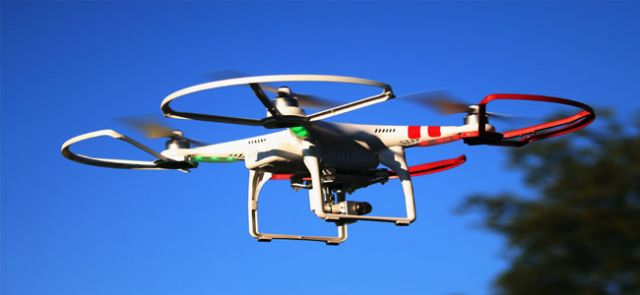
Not simply food or perishables, drones would one be able to day transport blood for transfusion to hospitals in rural areas while keeping it protected and in place in less time.
In what is accepted to be the principal evidence of idea investigation of its kind, analysts from Johns Hopkins University have established that large packs of blood products, for example, those transfused into patients consistently, can keep up temperature and cell uprightness while transported by drones.
Remotely-guided drones are a compelling, protected and convenient approach to rapidly get blood items to remote accident or natural catastrophe sites, or other time-touchy goals.
"For provincial ranges that need access to close-by centers, or that may do not have the foundation for gathering blood items or transporting them all alone, drones can give that get to," says Timothy Amukele, colleague educator of pathology and the paper's first creator.The new review analyzed the impacts of drones transportation on bigger measures of blood items utilized for transfusion, which have essentially more mind boggling taking care of, transport and capacity prerequisites contrasted with blood tests for research center testing. The group acquired six units of red platelets, six units of platelets and six units of unthawed plasma from the American Red Cross, and after that stuffed the units into a 5-quart cooler a few units at once.
The cooler was then appended to a business S900-demonstrate ramble. This specific drones display comes furnished with a camera mount, which the group evacuated and supplanted with the cooler. For every test, the automaton was flown by remote control a separation of around 13 to 20 km while 328 feet over the ground. This flight took up to 26.5 minutes.The group composed the test to keep up temperature for the red platelets, platelets and plasma units. They utilized wet ice, pre-aligned warm packs and dry ice for every kind of blood item, individually.
Taking after the flight, all examples were transported to The Johns Hopkins Hospital where the group utilized the foundation's labs to check for any harm. The group arranges bigger reviews in the US and abroad and would like to test strategies for dynamic cooling, for example, programming a cooler to keep up a particular temperature.
U.S. Supreme Court backs Samsung in smartphone fight...
Ola Cabs and Yes Bank form partnership to beat Demonetization
'Aggressive Design' is the reason behind the Explosion in Samsung Galaxy Note 7 Units